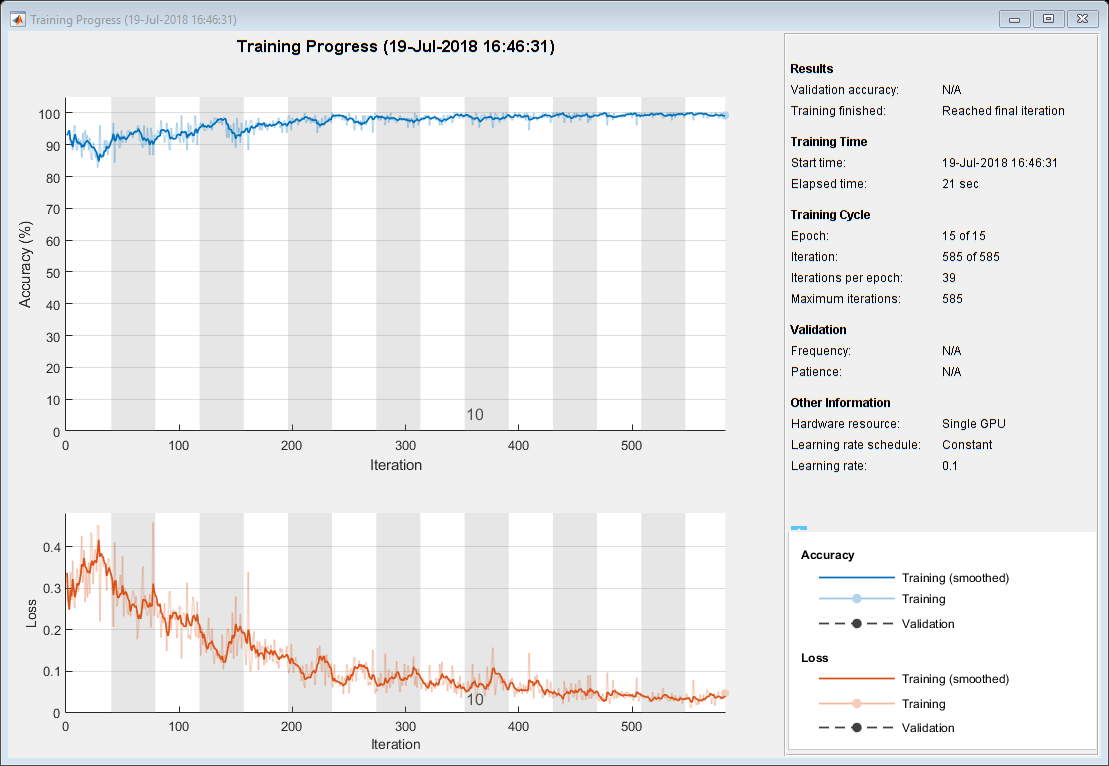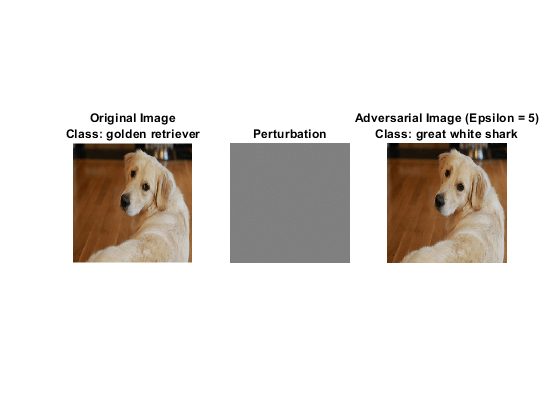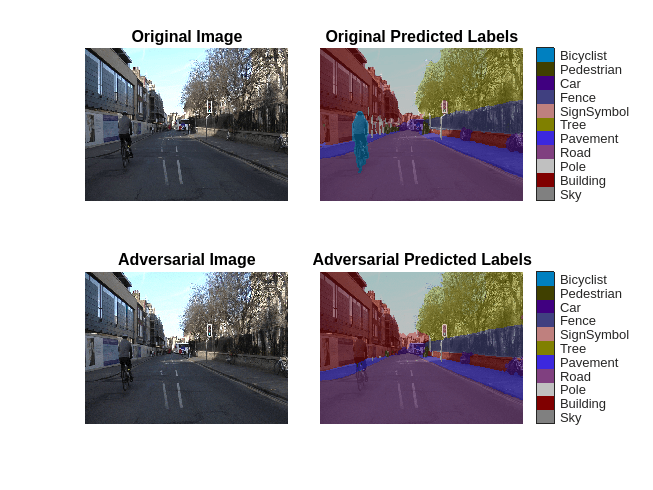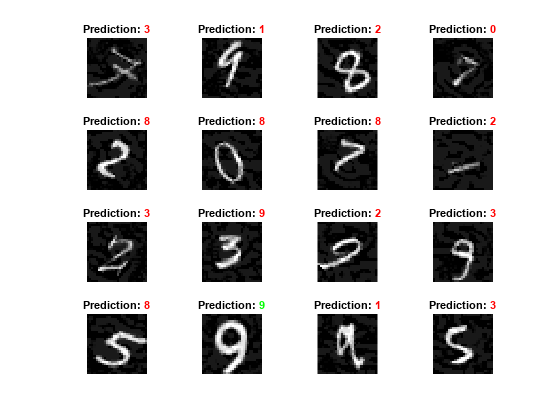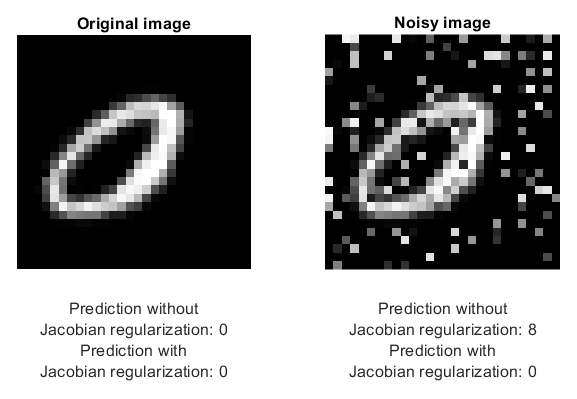调节
要了解如何使用 trainingOptions 函数设置选项,请参阅设置参数并训练卷积神经网络。在确定一些合适的开始选项后,您可以使用试验管理器自动扫描超参数或尝试贝叶斯优化。
通过生成对抗样本来研究网络稳健性。然后,您可以使用快速梯度符号方法 (FGSM) 对抗训练来训练在对抗扰动下保持稳健的网络。
App
| 深度网络设计器 | 设计和可视化深度学习网络 |
对象
trainingProgressMonitor | Monitor and plot training progress for deep learning custom training loops (自 R2022b 起) |
函数
trainingOptions | Options for training deep learning neural network |
trainnet | Train deep learning neural network (自 R2023b 起) |
主题
- 设置参数并训练卷积神经网络
了解如何为卷积神经网络设置训练参数。
- 使用贝叶斯优化进行深度学习
此示例说明如何将贝叶斯优化应用于深度学习并找到卷积神经网络的最优网络超参数和训练选项。
- Detect Issues During Deep Neural Network Training
This example shows how to automatically detect issues while training a deep neural network.
- 并行训练深度学习网络
此示例说明如何在本地计算机上运行多个深度学习试验。使用此示例作为模板,您可以修改网络层和训练选项,以满足您的具体应用需要。无论您有一个还是多个 GPU,都可以使用这种方法。如果您只有一个 GPU,网络会在后台逐个进行训练。本示例中的方法使您能够在进行深度学习试验时继续使用 MATLAB®。
- 使用自定义训练循环训练网络
此示例说明如何使用自定义学习率调度来训练对手写数字进行分类的网络。
- Compare Activation Layers
This example shows how to compare the accuracy of training networks with ReLU, leaky ReLU, ELU, and swish activation layers.
- Deep Learning Tips and Tricks
Learn how to improve the accuracy of deep learning networks.
- Speed Up Deep Neural Network Training
Learn how to accelerate deep neural network training.
- Profile Your Deep Learning Code to Improve Performance
This example shows how to profile deep learning training code to identify and resolve performance issues. (自 R2024b 起)
- 指定自定义权重初始化函数
此示例说明如何为后跟泄漏 ReLU 层的卷积层创建自定义 He 权重初始化函数。
- 比较层权重初始化函数
此示例说明如何使用不同权重初始化函数来训练深度学习网络。
- Create Custom Deep Learning Training Plot
This example shows how to create a custom training plot that updates at each iteration during training of deep learning neural networks using
trainnet. (自 R2023b 起) - Custom Stopping Criteria for Deep Learning Training
This example shows how to stop training of deep learning neural networks based on custom stopping criteria using
trainnet. (自 R2023b 起)
